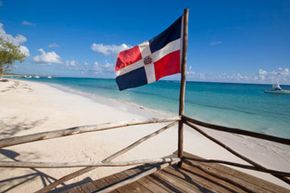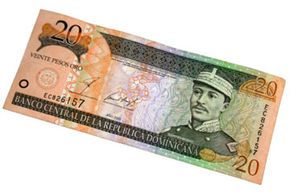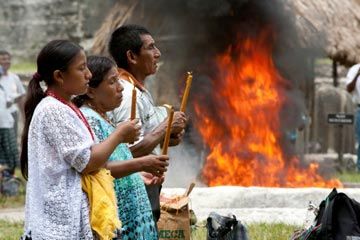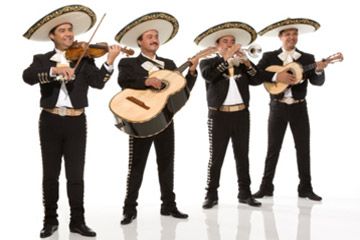Because of its picturesque, white-sand beaches, mountainous landscape and temperate tropical climate, the Dominican Republic is a well-known tourist destination. Its popular resorts and activities make tourism a major industry for the country. So, when most people think of the Dominican Republic, they think of the perfect vacation. Fewer people are familiar with the country's rich history and local traditions, however.
The Dominican Republic makes up the eastern end of the Caribbean island of Hispaniola. The country neighbors Haiti, which makes up the western end of the island. Today the Dominican Republic is home to nearly 10 million people, the majority of whom are mulatto. Most Dominicans are also Spanish-speaking and Roman Catholic.
Advertisement
To understand the traditions of the Dominican people, we’ll have to take a look back at the country’s past for context. Its history is one riddled with political and civil tensions. When Columbus arrived with the Spanish in 1492, he found an island inhabited by a group of indigenous people known as the Taínos, an Arawak-speaking culture. These people lived in villages and were hunters and gatherers as well as having a limited knowledge of agriculture and farming.
Unfortunately, due to disease brought over by the colonists and harsh working conditions that they were forced into, the Taíno population on the island dwindled from approximately a million to a mere 500 in the matter of a just 50 years [source: U.S. Department of State]. It didn’t take long for the Spanish colonists to bring in slaves from Africa to replace the Taíno workers on the plantations.
In the 19th and 20th centuries, control over what is now the Dominican Republic changed hands several times. The Haitians conquered the whole island in 1822 before the Dominicans gained independence in 1844. In the 1860s, the Dominicans ceded control back to the Spanish for four years before getting independence again. After a U.S. occupation between 1916 and 1924, the Dominicans established a democratically elected government. However, this did not end the political strife that continued on and off throughout the 20th century.
Despite the country's fractured past, however, some traditions have endured.




